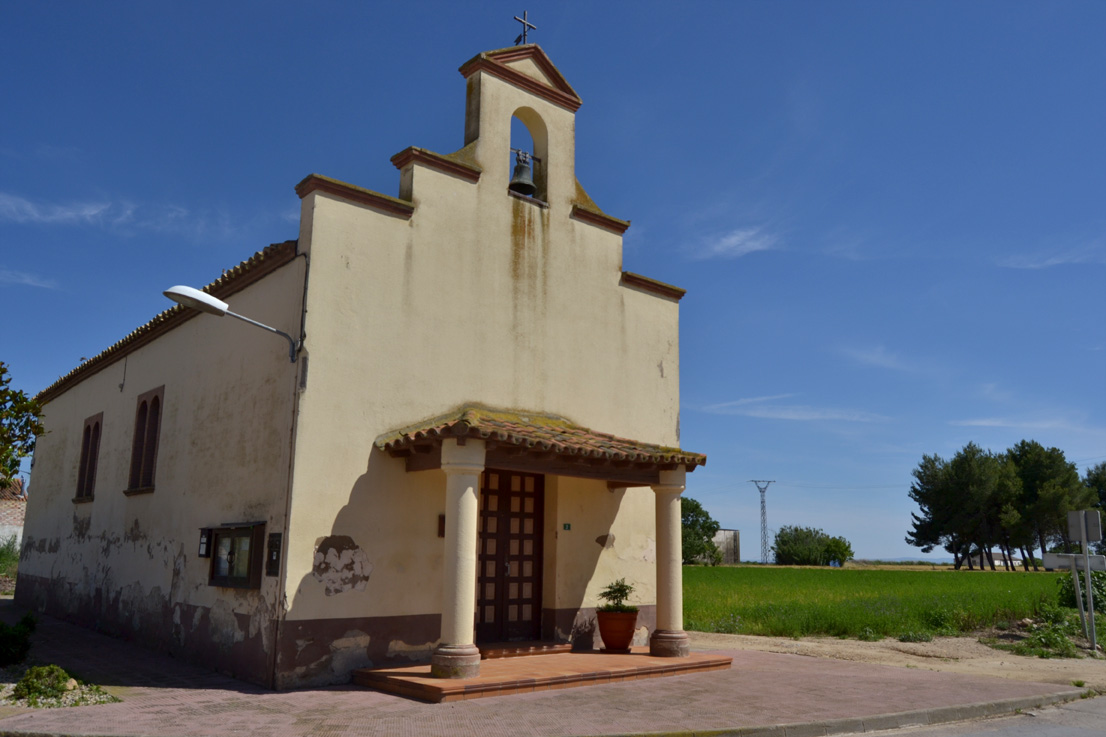
This quaint hamlet, a few kilometers from Huesca and on the banks of the Isuela River, is nestled in the southern part of the region.
Points of historical interest include the hamlet’s medieval Chapel of Santa Ana. This Romanesque-style church from the late 12th or early 13th century features a single nave that was made taller in ensuing centuries.

The name (“Castillo” means castle) does not refer to a past defensive role of the hamlet, but rather to the region’s agricultural past: in Alto Aragón, this place-name is customarily applied to isolated farms.

Pompenillo, located on a plain on the left bank of the Isuela River, is a simple village just six kilometers from Huesca.
This small urban space is centered around the Church of Purificación, built in modern times.

A late Roman villa is preserved in the nearby Palpanesa rural district.
Pompenillo celebrates its annual festival on September 24th in honor of Our Lady of Mercy.

The small hamlet of Lascasas, which shares a municipality with Monflorite, is located on the banks of the Flumen River in the southern plains of Hoya de Huesca.
The origins of the settlement can be traced back to the Neolithic period, evidenced by the many tools that have been excavated and are now conserved in the Provincial Museum of Huesca.

Doña Sancha donated the hamlet to the Monastery of Santa Cruz de la Serós in the Middle Ages.
The hamlet’s well-planned layout, on both sides of a main road, ends at its monumental Church of San Bartolomé, which preserves a Romanesque apse and 16th-century tower.
The village celebrates its annual festival on August 24th to honor St. Bartholomew, and the bonfires of St. Anthony are celebrated in January.

A few kilometers from Huesca, located on a plain on the left bank of the Flumen River, Monflorite shares a municipality with the nearby village of Lascasas. In fact, both villages once belonged to the estate of Blasco Maza.
The layout is irregular, formed by scattered buildings that create a square in the middle, dominated by the Parish Church of San Ramón Nonato, a 19th-century neoclassical design that was restored in 1977.

Not far from the church, and visible from the road, is the imposing 15th-century López de Gurrea tower.
Other points of interest include the nearby 12th-century Romanesque Chapel of the Señora de los Dolores, of which only the trefoil sanctuary remain, one of the few remaining examples from the Aragonese Romanesque. This chapel is located on a sandstone ledge in which excavated tombs have also been found.
The village celebrates its annual festivals on August 31st in honor of St. Raymund Nonnatus, and bonfires are celebrated in January in honor of St. Fabian.